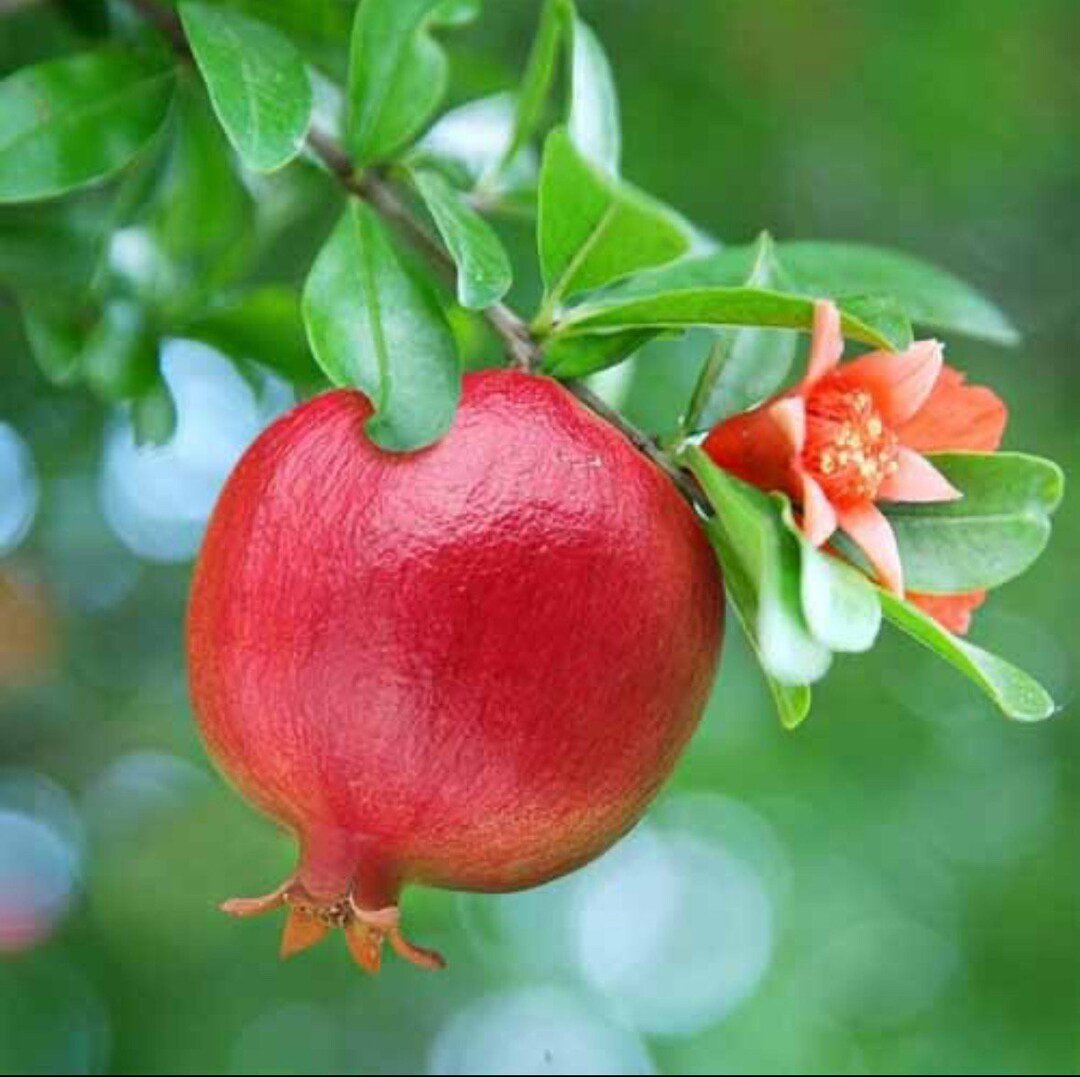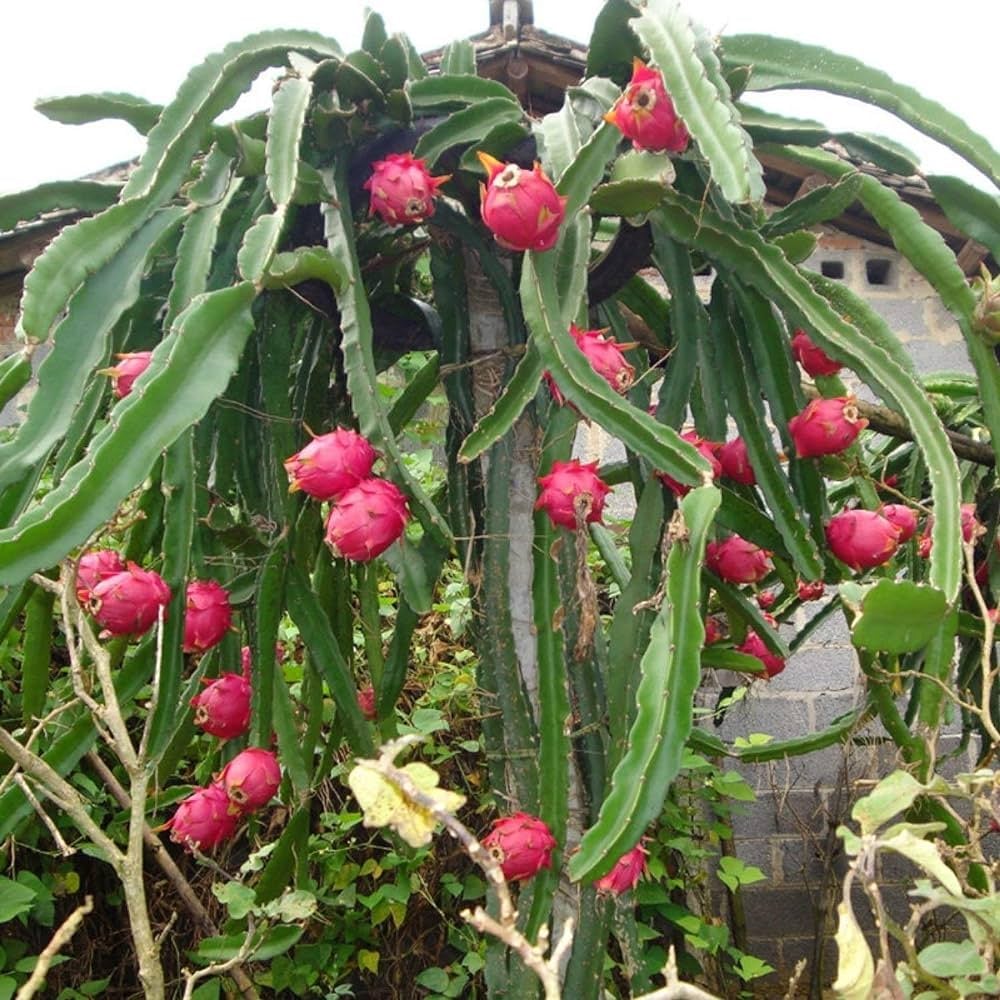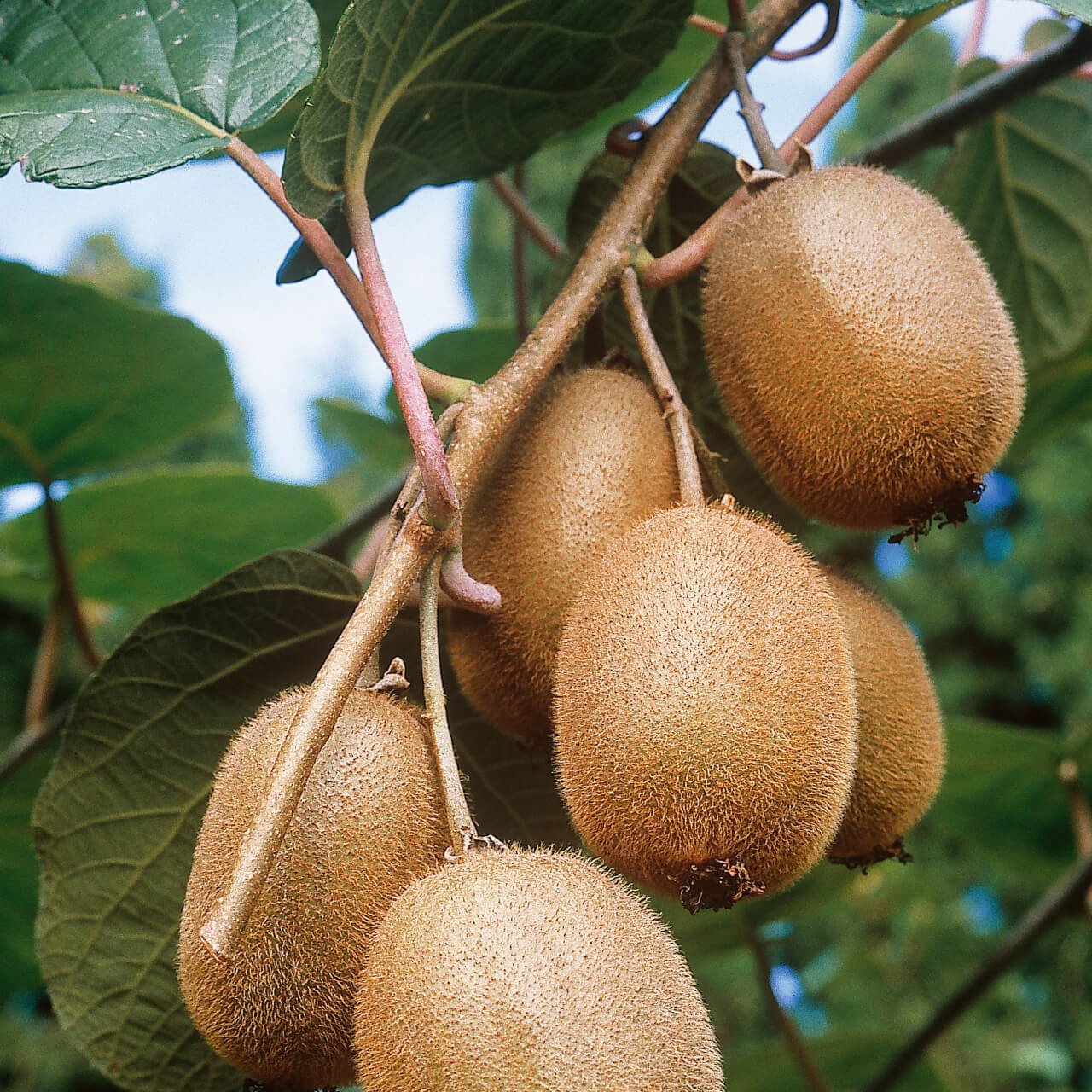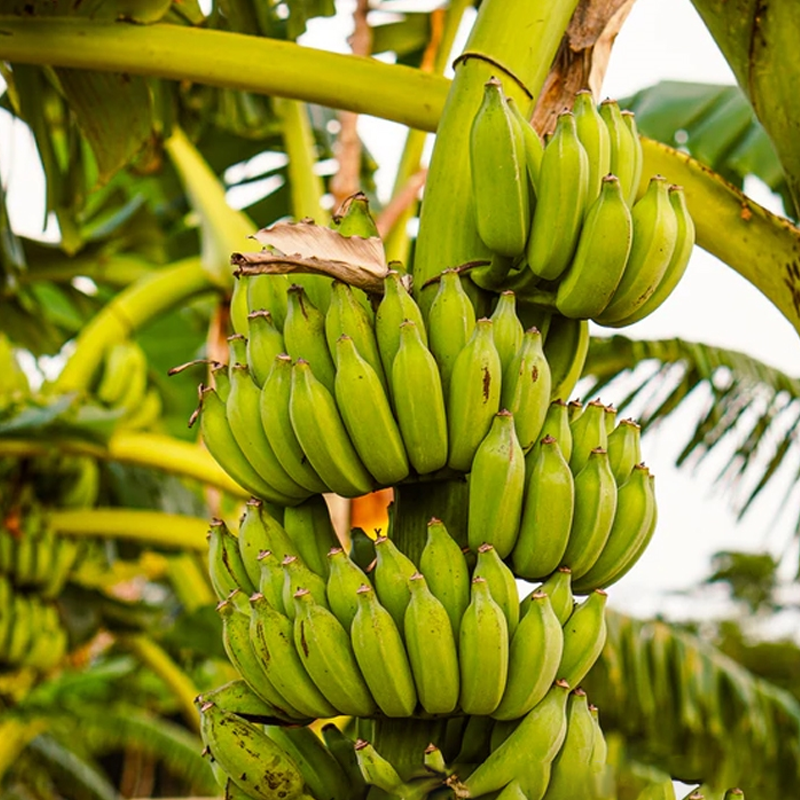



Pomegranate Tree 6" Small Plug
Thrives in
ZONE 8ZONE 9ZONE 10This plant ships:
Ships NowPomegranate Tree - Punica Granatum
The Pomegranate tree is a fruit-producing tree that typically grows between 10 and 20 feet tall. It has a dense, rounded form with multiple spiny branches and glossy, dark green leaves that are narrow and lance-shaped.
Ships 6-14" Cell Plug
Pomegranate Trees Are Highly Prized
As the season progresses, these flowers develop into the fruit. The fruit is roughly the size of a large apple, with a tough, leathery rind . The fruit is filled with hundreds of tiny, jewel-like seeds, each encased in a juicy, tart-sweet covering known as an aril. These arils are the edible part of them, prized for their flavor and high antioxidant content.
Pomegranate Trees Thrive in Warm Climates
They thrive in warm, dry climates and are well-suited to Mediterranean and desert regions. Regular watering during the growing season helps produce larger, juicier fruit. They also have relatively low maintenance and are hardy.
They Are Stunning In Landscapes
They are valued for its ornamental qualities and fruit. Its attractive flowers and unique fruit make it a beautiful addition to gardens and landscapes. At the same time, its resilience and adaptability to various soil types and conditions add to its appeal to home gardeners.
How long does it take for them to produce fruit?
It may take two to three years for them to begin fruiting after it is planted. However, mature or bearing fruits are triggered after 5-7 years, assuming that the plant grows under favorable conditions.
What are the characteristics of them?
These plants are small to medium-sized deciduous that rarely grow more than 20ft. They have green and smooth leaves and needle-like branches and produce bright red-orange flowers that ripen to bear round, fleshy-skinned fruits containing seeds.
Where do they grow best?
Pomegranate trees grow best in conditions that are warm and dry and typically grow best in zones 7 to 10. They require full sun exposure and love soil with good drainage.
What is the lifespan of them?
Under the right conditions, these may live for as long as 50 to 200 years of age. Because they can live for many years and bear fruit for as long as possible, they remain a highly prized crop for growing in the garden or orchard.
This Is How Your Plants Will Look upon Delivery

Bloom Season
Summer
Bloom/Foliage Color
Red
Height at Maturity
Under 25 Feet
Shipping date depends on the date displayed and chosen when you order from the product's page.
We only accept returns on plants verified dead. If you think your plants have died, we offer a 1 year warranty, please use this File a Claim Link to verify dead plants and start with return warranty process.





Caring Tips
How do I care for my Pomegranate Tree 6" Small Plug?
Each box contains detailed care instructions and information about your product. But here's the basics.
Care Tips
Light Requirements
Hardy Planting Zones
8 • 9 • 10
Header
Use this content to share information about your store and products.
Frequently Asked Questions
How often should I water my plants?
How do I know if my plant is getting too much or too little sunlight?
What should I do to prepare my plants for winter?
What are the signs that my plant needs fertilizing?
How can I prevent pests from damaging my plants?
How do I choose the right plant for my climate zone?






